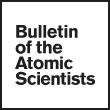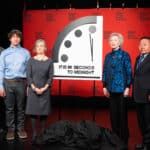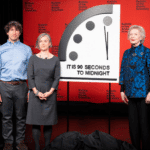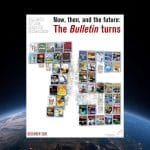A ban on nuclear weapons is within sight
By Tim Wright | April 5, 2017
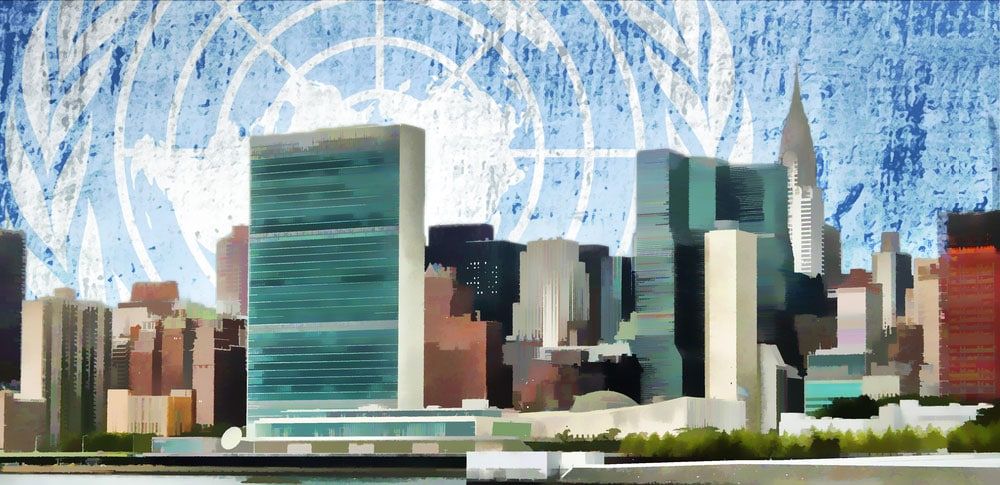
A global ban on the world’s most destructive and inhumane weapons could be adopted within a matter of months. Elayne Whyte Gómez, the Costa Rican ambassador presiding over the historic UN disarmament negotiations that began in New York last week, believes concluding a nuclear-weapon-ban treaty by July 7 is “an achievable goal.” At a press conference on Thursday, she noted the “very positive and constructive atmosphere” and significant progress made at the first round of negotiations.
More than 130 governments participated in preliminary debates from March 27 to 31 on principles and elements for a “legally binding instrument to prohibit nuclear weapons, leading towards their total elimination.” Many participants presented ideas on preamble language, on the scope of prohibited activities, and on obligations the treaty should contain—such as to destroy nuclear stockpiles, remediate environments contaminated by nuclear detonations, and assist victims.
Based on these debates and further informal consultations, Ambassador Whyte will prepare a draft text for the treaty, to be circulated to participating states in the latter half of May or early June. The negotiations will then resume on June 15, at which point governments will begin working their way through the draft text, paragraph by paragraph, with the aim of reaching general consensus by July 7. Many diplomats involved in the initiative are quietly optimistic that this deadline can be met.
The high participation by states in the March session reflects deepening concern at the grave threat that nuclear weapons pose to all humanity and the planet as a whole; mounting frustration at the lack of any meaningful progress in recent years towards disarmament; fears of a new nuclear arms race between the United States and Russia; and a strong desire for a new international security paradigm for the 21st century, one based on cooperation and the rule of law rather than threats of mass destruction.
To most participants, the boycott of the negotiations by the nine nuclear-armed nations and several of their allies came as no big surprise. After all, this treaty aims to stigmatize weapons they have long refused to relinquish—weapons they consider legitimate and necessary. But adopting the treaty does not hinge on their approval. While they may refuse to participate in the process, they cannot veto it. The negotiating states hope the ban will prove a powerful catalyst for progress towards elimination.
As Ambassador Whyte has stressed, this treaty is not the end goal. It is simply a first step towards the ultimate objective of a world free of nuclear weapons—a tool for disrupting a dangerous status quo. In a rousing speech to delegates on Tuesday, Setsuko Thurlow, a survivor of the atomic bombing of Hiroshima, said that she has “no doubt that this treaty can—and will—change the world.” The convergence of ideas during last week’s session augurs well for its successful adoption in July.
This post is part of Ban Brief, a series of updates on the historic 2017 negotiations to create a treaty banning nuclear weapons. Ban Brief is written by Tim Wright, Asia-Pacific director of the International Campaign to Abolish Nuclear Weapons, and Ray Acheson, director of Reaching Critical Will.
Together, we make the world safer.
The Bulletin elevates expert voices above the noise. But as an independent nonprofit organization, our operations depend on the support of readers like you. Help us continue to deliver quality journalism that holds leaders accountable. Your support of our work at any level is important. In return, we promise our coverage will be understandable, influential, vigilant, solution-oriented, and fair-minded. Together we can make a difference.
Topics: Announcement

